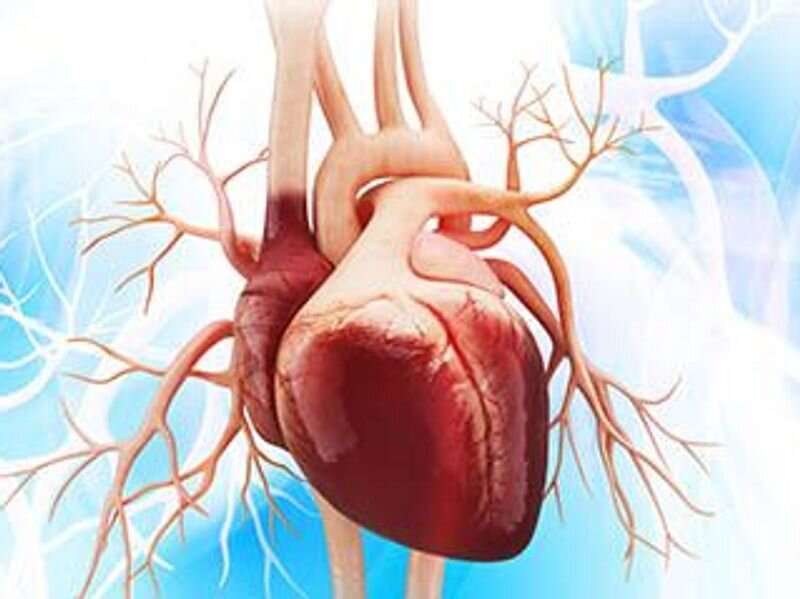(HealthDay)—Mortality due to mitral regurgitation (MR) in U.S. adults declined at an annual rate of approximately 4 percent from 1999 until 2012 but has since then increased by about 1.5 percent annually, according to a study published in the December issue of Mayo Clinic Proceedings.
Vibhu Parcha, M.D., from the University of Alabama at Birmingham, and colleagues assessed trends in mortality due to MR using the U.S. Centers for Disease Control and Prevention Wide-Ranging Online Data for Epidemiologic Research database that included nationwide death certificates (1999 through 2018).
The researchers found 45,982 deaths due to MR during the study period, with higher mortality rates seen in older White females from the Western United States. The crude and age-adjusted mortality rates in 1999 were 27.4 and 27.5 per 1 million persons, respectively, which declined by 2018 to 18 and 17.7 per 1 million persons, respectively. From 1999 to 2012, crude mortality rates declined (annual percentage change [APC], −4.1; 95 percent confidence interval [CI], −4.6 to −3.6) but then increased after 2012 (APC, 2.6; 95 percent CI, 0.8 to 4.4; P < 0.001 for change in trend). Similarly, from 1999 to 2012, the age-adjusted mortality rates declined (APC, −3.9; 95 percent CI, −4.4 to −3.4) but subsequently increased after 2012 (APC, 1.4; 95 percent CI, −0.4 to 3.2; P < 0.001 for change in trend). Across age, sex, race, geographic region, and urbanization subgroups, the decrease was consistent (P < 0.05 for all).
"There may be distinct explanations for the increasing mortality rates in the last six years of the study (2012 to 2018), with an annual increase of approximately 1.5 percent," the authors write.
More information: Abstract/Full Text (subscription or payment may be required)
Journal information: Mayo Clinic Proceedings
Copyright © 2020 HealthDay. All rights reserved.
























